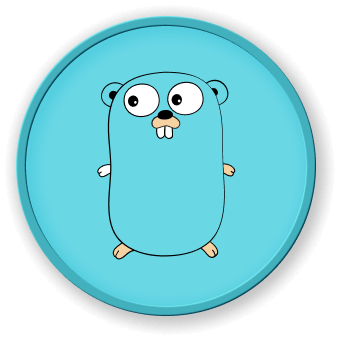Fixing and Prevention
Comprehensive Entry Point Repair Strategies
Error Resolution Workflow
graph TD
A[Identify Error] --> B[Analyze Cause]
B --> C[Select Repair Strategy]
C --> D[Implement Solution]
D --> E[Validate Configuration]
Fixing Common Entry Point Issues
1. Package Structure Correction
| Problem |
Solution |
Example |
| Missing main package |
Create main package |
package main |
| Incorrect package naming |
Rename to main |
Rename directory/file |
| Multiple entry points |
Consolidate logic |
Merge into single main() |
Code Restructuring Example
// Incorrect Structure
package utils
func main() {
// Misplaced entry point
}
// Correct Structure
package main
import (
"myproject/utils"
)
func main() {
// Proper main package implementation
utils.RunApplication()
}
Prevention Techniques
Project Configuration Best Practices
graph LR
A[Project Setup] --> B[Go Module Initialization]
B --> C[Consistent Naming]
C --> D[Clear Package Structure]
D --> E[Modular Design]
Recommended Project Layout
myproject/
│
├── cmd/
│ └── main.go ## Primary entry point
│
├── pkg/
│ └── utils/
│ └── helpers.go ## Utility functions
│
├── internal/
│ └── core/
│ └── logic.go ## Internal implementation
│
└── go.mod ## Module definition
Advanced Configuration Management
Go Module Initialization
## Initialize new Go module
go mod init myproject
## Ensure dependencies are managed
go mod tidy
Build Configuration Verification
## Compile and check entry point
go build ./cmd/main.go
## Run with verbose output
go run -v ./cmd/main.go
Error Prevention Checklist
- Always use
package main
- Define
func main() correctly
- Keep entry point minimal
- Use modular project structure
- Leverage Go modules
Robust Entry Point Implementation
package main
import (
"fmt"
"log"
"myproject/internal/application"
)
func main() {
// Centralized error handling
if err := runApplication(); err != nil {
log.Fatalf("Application startup failed: %v", err)
}
}
func runApplication() error {
// Initialization logic
fmt.Println("LabEx Golang Tutorial: Robust Entry Point")
return application.Start()
}
Continuous Improvement Strategies
Monitoring and Maintenance
- Regular code reviews
- Automated testing
- Static code analysis
- Dependency management
Key Prevention Principles
| Principle |
Description |
Benefit |
| Modularity |
Separate concerns |
Easier maintenance |
| Consistency |
Follow Go conventions |
Predictable structure |
| Error Handling |
Implement robust error management |
Improved reliability |
LabEx Recommended Approach
- Use standardized project templates
- Implement consistent error handling
- Leverage Go's built-in tools
- Practice continuous learning
Conclusion
Effective entry point management requires:
- Understanding Go's package system
- Implementing clean project structures
- Adopting preventive coding practices




